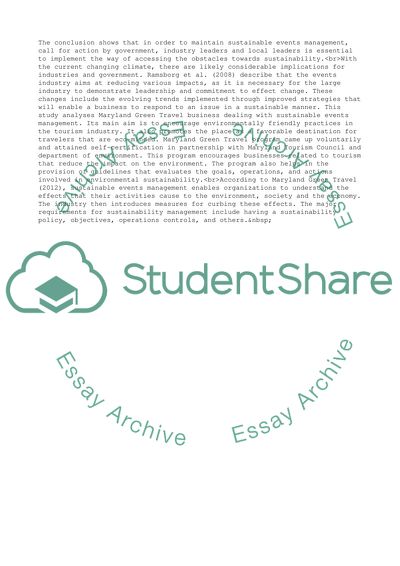Cite this document
(Sustainable Events Management in Maryland Green Travel Case Study - 1, n.d.)
Sustainable Events Management in Maryland Green Travel Case Study - 1. Retrieved from https://studentshare.org/management/1784701-sustainable-event-management
Sustainable Events Management in Maryland Green Travel Case Study - 1. Retrieved from https://studentshare.org/management/1784701-sustainable-event-management
(Sustainable Events Management in Maryland Green Travel Case Study - 1)
Sustainable Events Management in Maryland Green Travel Case Study - 1. https://studentshare.org/management/1784701-sustainable-event-management.
Sustainable Events Management in Maryland Green Travel Case Study - 1. https://studentshare.org/management/1784701-sustainable-event-management.
“Sustainable Events Management in Maryland Green Travel Case Study - 1”, n.d. https://studentshare.org/management/1784701-sustainable-event-management.


